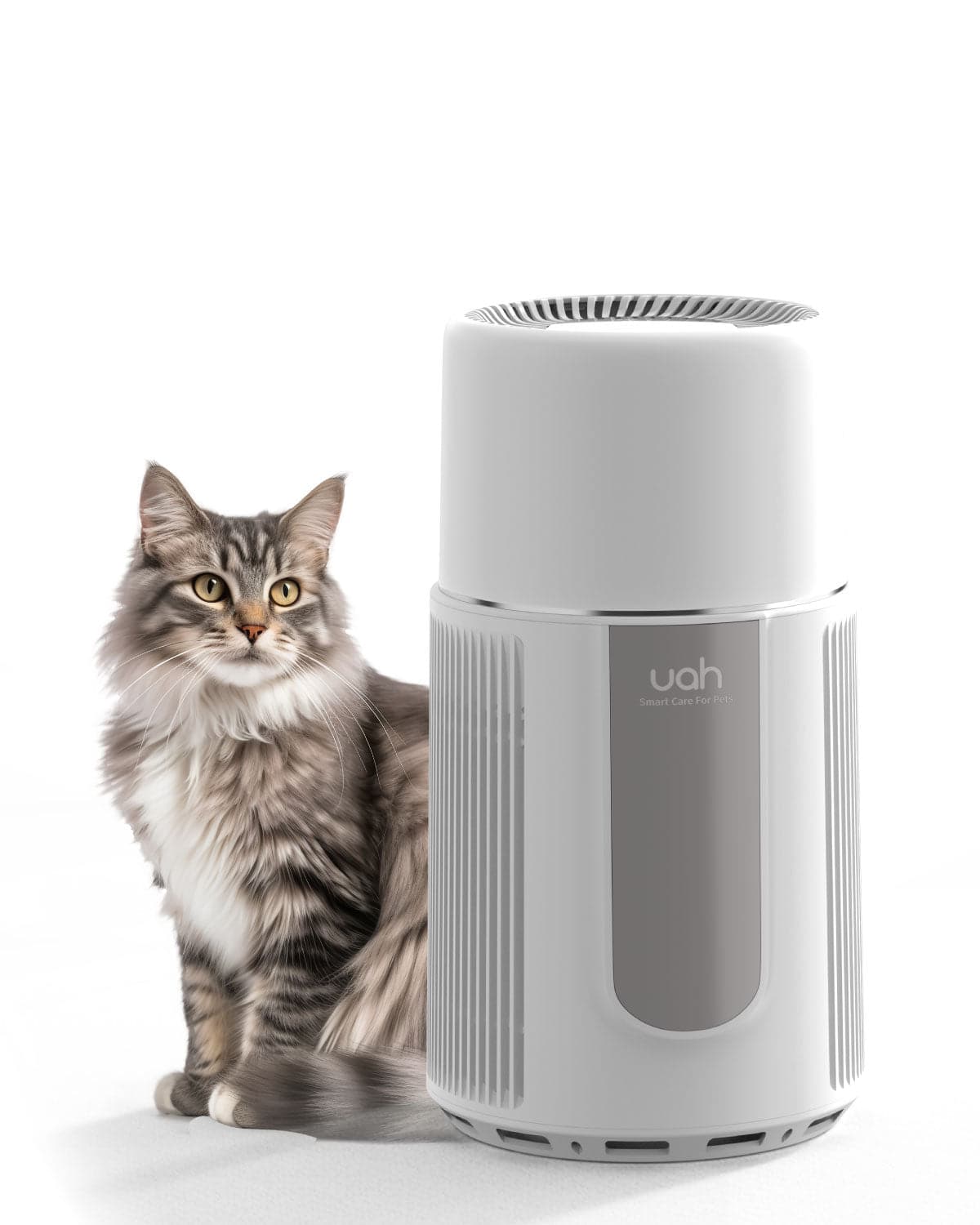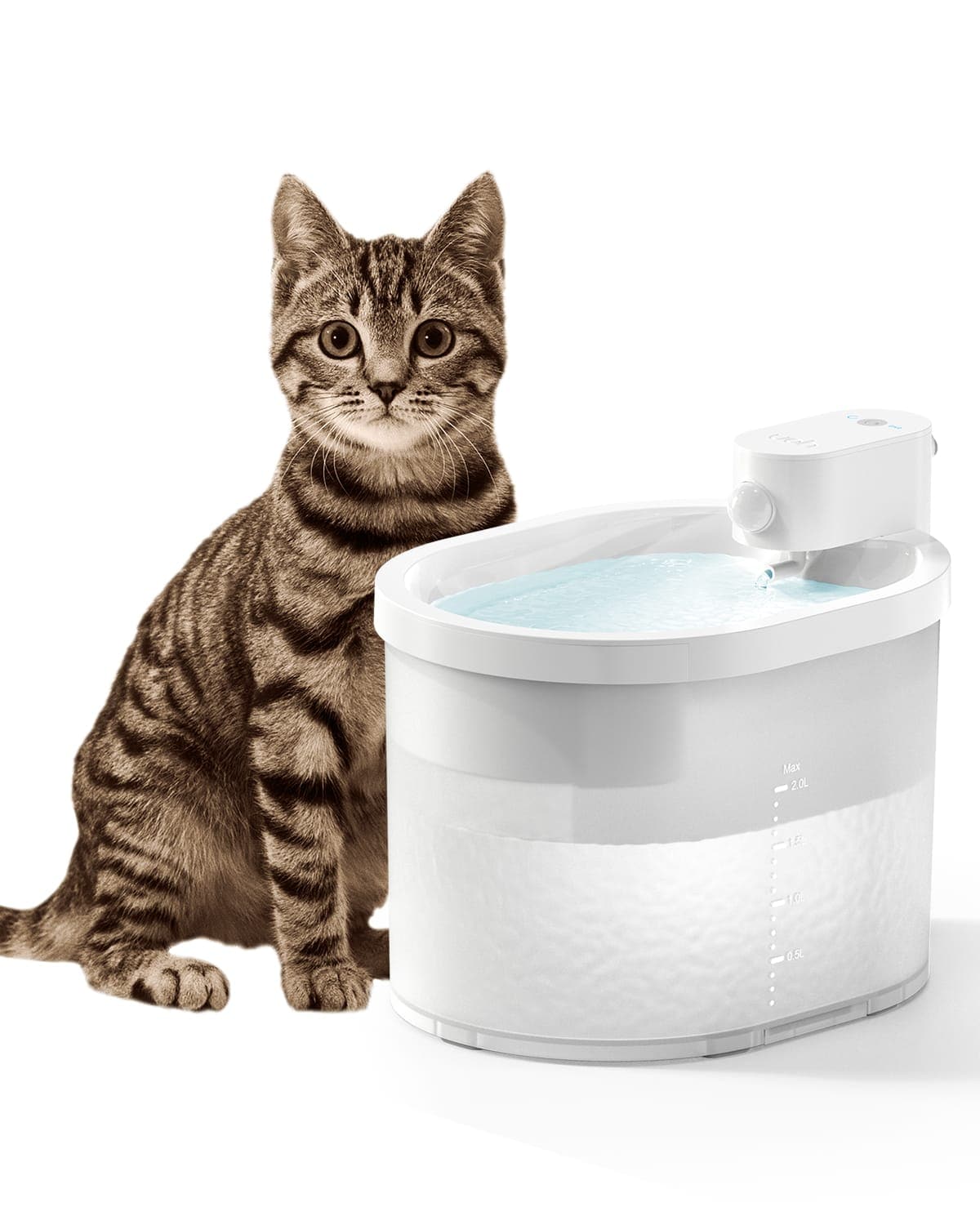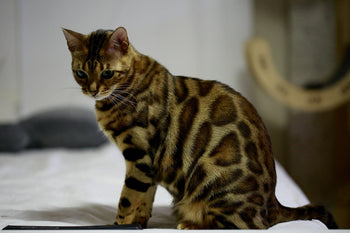Cats are fascinating creatures with unique abilities that often leave us in awe. One of the most intriguing aspects of cats is their vision. Many people wonder if cats can see colors, and if so, can they see red? The answer may surprise you.
Cats have been known to see the world in a different way than humans do. They have evolved to be able to see in low light conditions, which is why they are such great hunters. However, their vision is not as sharp as ours. They have fewer cones in their eyes, which means they cannot see as many colors as we can.
Despite this, cats can see some colors, including blue, green, and yellow. They may not be able to see the full spectrum of colors that humans can, but they can still see a range of hues. As for red, the answer is a bit more complicated. While cats can see some shades of red, they do not see it as vividly as humans do. This is because they have fewer cones that are sensitive to long wavelengths, which are responsible for seeing red.
Can Cats See Color? Exploring Their Ability to See Red
Key Takeaways
Cats have evolved to see in low light conditions, which is why they are great hunters.
Cats can see some colors, but not as many as humans.
Cats can see some shades of red, but not as vividly as humans.
Section 1: How Do Cats See the World?
Cats are known for their keen senses, especially their vision. Understanding how cats see the world can help us better understand their behavior and needs. This section will explore the structure of cats' eyes, the role of rods and cones, and cats' black and white vision.
Structure of Cats' Eyes
Cats' eyes are designed for hunting and navigating their environment. They have large corneas and pupils that can dilate to allow more light in. The shape of their eyes is also unique, with elliptical pupils that can narrow to thin, vertical slits. This helps them control the amount of light entering their eyes and focus on specific objects.
Role of Rods and Cones
Like humans, cats have two types of photoreceptor cells in their eyes: rods and cones. Rods are responsible for detecting light and dark, while cones are responsible for color vision. However, cats have fewer cones than humans, which means they have a limited ability to see color.
Cats and Black and White Vision
Cats have better night vision than humans, thanks to their high number of rods. They can see in low light conditions and detect movement better than humans. However, their color vision is limited compared to humans. Cats can see some colors, but they don't see the full spectrum. They are less able to differentiate various shades and tones, which means they see the world in a more muted color palette.
Overall, cats' vision is adapted to their unique needs and environment. While they may not see the world in the same way humans do, they have a remarkable ability to navigate and hunt in their surroundings.
Section 2: Can Cats See Color?
Cats Are Not Completely Colorblind
Contrary to popular belief, cats are not completely colorblind. They do have the ability to see some colors, but not as many as humans. According to a VCA Animal Hospital article, cats have two types of color receptors in their eyes, whereas humans have three. This means that cats are less able to distinguish between different colors than humans.
Limited Color Spectrum
Cats' color vision is not as vibrant as humans'. They can see some colors, but they have a limited color spectrum. Cats can see blues and greens, but they have difficulty distinguishing between reds and pinks. This means that cats would perceive a red ball as a shade of gray, not as the bright red color that humans see.
Distinguishable Colors
Although cats have a limited color spectrum, they are still able to distinguish between some colors. Cats can see blues, greens, and yellows, but they have trouble distinguishing between reds and pinks. This means that cats would be able to distinguish between a blue toy and a yellow toy, but they would not be able to tell the difference between a red toy and a gray toy.
In conclusion, cats are not completely colorblind, but they do have a limited color spectrum. They are able to distinguish between some colors, but not as many as humans.
Section 3: Can Cats See Red?
Myth About Cats and Red
There is a common myth that cats cannot see red, but this is not entirely true. While cats have a limited ability to see colors compared to humans, they can still perceive some shades of red. Cats have two types of cones in their eyes that enable them to see some colors, including red. However, the range of colors that cats can see is narrower than that of humans.
Cats' Perception of Red
Cats' perception of red is different from that of humans. They see red as a muted color, and it may appear more like a gray or brownish color to them. This is because cats have fewer cones in their eyes than humans, which means they have a reduced ability to distinguish between colors. Cats are thought to see the world in muted tones of blues, yellows, greens, and grays, with red appearing as a less vibrant color.
Vibrancy of Red
The vibrancy of red is an important factor in how well cats can see the color. Bright, bold shades of red are more visible to cats than dull or muted shades. This is because cats' eyes are more sensitive to changes in brightness than to changes in color. So, a bright red toy or object may be more visible to a cat than a dull or muted red one.
In conclusion, while cats can see some shades of red, their perception of the color is different from that of humans. They see red as a muted color, and it may appear more like a gray or brownish color to them. The vibrancy of red also plays a role in how well cats can see the color.
Section 4: How Do Cats' Vision Abilities Affect Their Behavior?
Cats' vision abilities play a crucial role in their behavior, particularly in their hunting and predatory instincts. This section will explore how cats' vision affects their behavior and how their reliance on other senses is also important.
Vision and Hunting Behavior
Cats' vision is optimized for hunting, allowing them to detect motion and see in low light conditions. Cats' eyes are located on the front of their heads, which gives them binocular vision, allowing them to judge distances accurately. This ability is essential for hunting prey, especially in low-light conditions. Their eyes are also set wider apart than humans, which gives them a wider field of vision. This allows them to see more of their surroundings and detect movement from a distance.
In terms of color vision, cats have fewer color-sensitive receptors in their retinas than humans, and this limits their ability to see colors in the red-green range. However, they can still see some colors, particularly blue and green. This is important for hunting because it allows them to distinguish between prey and their surroundings.
Reliance on Other Senses
While cats' vision is important for hunting, they also rely on their other senses. Cats have an acute sense of smell and hearing, which they use to detect prey and navigate their environment. They also have sensitive whiskers, which help them detect movement and navigate in the dark.
In addition, cats rely on their sense of touch to explore their environment and communicate with other cats. They use their paws to feel and touch objects, and they also use their bodies to communicate through touch.
Improving Cats' Environment
Understanding cats' vision and reliance on other senses is important for improving their environment. For example, providing cats with toys that move and make noise can stimulate their hunting instincts and provide mental and physical stimulation. Additionally, providing cats with scratching posts and climbing structures can allow them to explore their environment and satisfy their natural instincts.
In conclusion, cats' vision abilities play a crucial role in their behavior, particularly in their hunting and predatory instincts. However, they also rely on their other senses to navigate their environment and communicate with other cats. Understanding these factors can help improve cats' environment and provide them with the stimulation and enrichment they need to thrive.
Conclusion
Cats have a unique way of seeing the world around them, and their vision is different from that of humans. While cats can see color, their color vision is not as developed as that of humans. Cats have dichromatic vision, which means they have two types of color-sensitive cells in their eyes, compared to humans, who have three types. This means that cats are less able to differentiate between various shades and tones, and their color vision is limited to shades of blue-violet and yellow-green.
Despite their limited color vision, cats have other visual abilities that are well-developed. For example, they have excellent night vision due to their larger pupils and the high number of rods in their eyes, which are specialized cells that detect low levels of light. Additionally, cats have a wider field of vision than humans, thanks to their ability to rotate their ears and their eyes separately.
In conclusion, while cats may not see the world in the same way that humans do, they are still able to perceive color and see the world in their own unique way. Understanding how cats see color can help us better understand their behavior and preferences, and can also help us design toys and other objects that are more appealing to them.

Frequently Asked Questions
What range of colors can cats perceive?
Cats can see some colors, but not as many as humans do. Cats have dichromatic vision, which means they see colors on a blue and yellow scale. This is because they only have two types of cone cells in their eyes, compared to humans who have three.
Is it true that cats are unable to see the color red?
Yes, it is true that cats are unable to see the color red. This is because they lack the cone cells that are sensitive to the color red. Red appears to be a shade of gray or brown to cats.
How do cats' vision capabilities differ when it comes to various colors like blue and green?
Cats can see blue and green colors, but not as vividly as humans do. Cats see these colors as less saturated and more muted than humans do.
What colors are cats most attracted to?
Cats are most attracted to colors that contrast with their surroundings. Cats are more likely to be attracted to toys that are brightly colored or have high contrast, such as red, blue, and purple.
How does feline vision compare to human vision in terms of color differentiation?
Feline vision is not as good as human vision when it comes to color differentiation. Cats have a limited ability to distinguish between colors, and they see the world in a more muted and less vibrant way than humans do.
Are there any colors that cats can see more vividly in low light conditions?
Cats have a higher sensitivity to light than humans, which means that they can see better in low light conditions. Cats can see shades of blue and green more vividly in low light conditions than humans can.

















